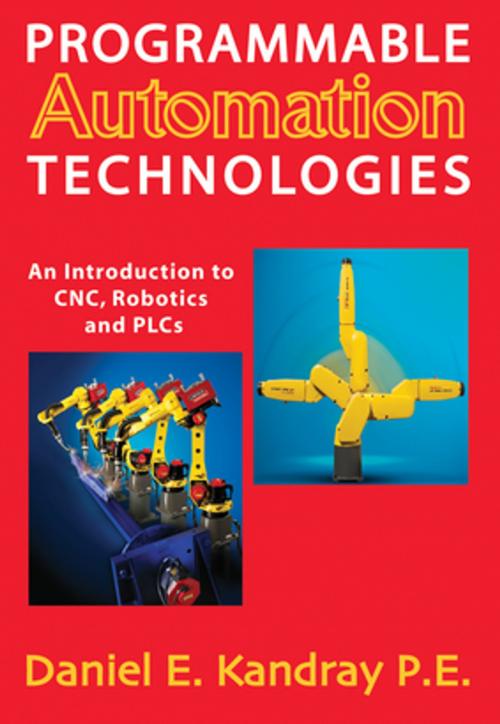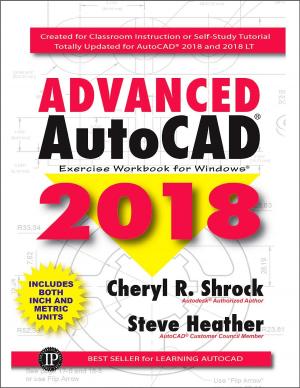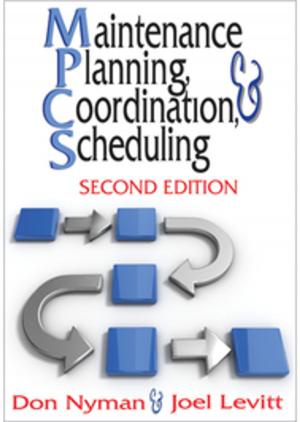Programmable Automation Technologies
Nonfiction, Science & Nature, Technology, Industrial Technology, Automation, Industrial Design| Author: | Daniel Kandray | ISBN: | 9780831191214 |
| Publisher: | Industrial Press, Inc. | Publication: | June 4, 2010 |
| Imprint: | Industrial Press, Inc. | Language: | English |
| Author: | Daniel Kandray |
| ISBN: | 9780831191214 |
| Publisher: | Industrial Press, Inc. |
| Publication: | June 4, 2010 |
| Imprint: | Industrial Press, Inc. |
| Language: | English |
Divided into four parts, Programmable Automation focuses on programmable automation technologies used in industry. Comprehensive yet concise, this unique textbook provides a solid foundation of analytical techniques to justify automation and the knowledge and instruction of how to program computer numerical controlled (CNC) equipment, industrial robots and programmable logic controllers (PLC). Through a very practical approach, readers will learn specific programming languages related to each technology including G code and ladder logic. And it is sure to be found useful by electrical, industrial, mechanical and/or manufacturing engineering technology undergraduate students, in addition to anyone in industry interested in learning about programmable automation and developing the corresponding programming skills.
-
Each chapter begins with an overview of chapter material with emphasis on desired outcomes and concludes with a summary, questions, and problems where appropriate.
-
Presents explicit skills and methodologies to aid in the programming process.
-
Features a good use of examples with numerous illustrations.
-
Uses computer simulation and actual lab equipment extensively in learning activities.
Divided into four parts, Programmable Automation focuses on programmable automation technologies used in industry. Comprehensive yet concise, this unique textbook provides a solid foundation of analytical techniques to justify automation and the knowledge and instruction of how to program computer numerical controlled (CNC) equipment, industrial robots and programmable logic controllers (PLC). Through a very practical approach, readers will learn specific programming languages related to each technology including G code and ladder logic. And it is sure to be found useful by electrical, industrial, mechanical and/or manufacturing engineering technology undergraduate students, in addition to anyone in industry interested in learning about programmable automation and developing the corresponding programming skills.
-
Each chapter begins with an overview of chapter material with emphasis on desired outcomes and concludes with a summary, questions, and problems where appropriate.
-
Presents explicit skills and methodologies to aid in the programming process.
-
Features a good use of examples with numerous illustrations.
-
Uses computer simulation and actual lab equipment extensively in learning activities.















